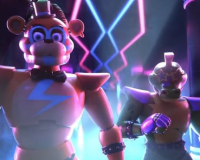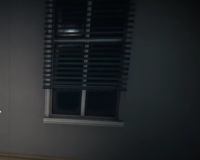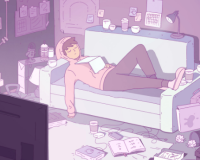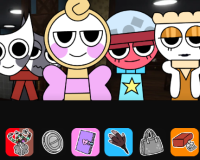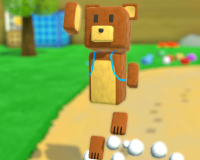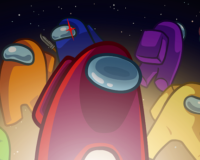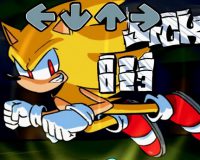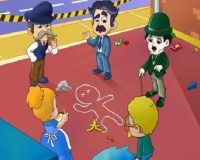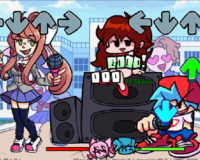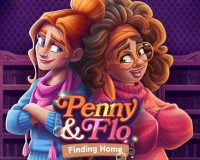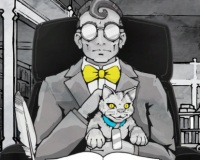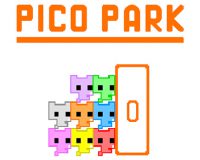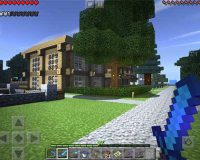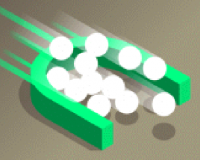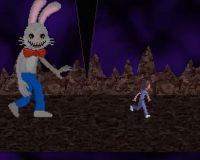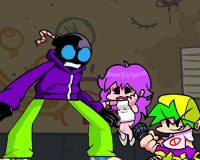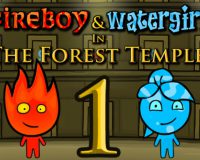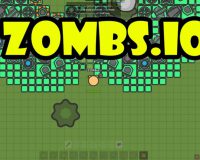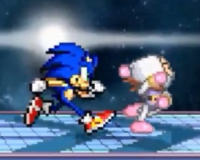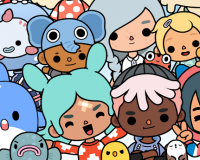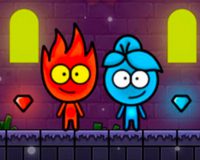
Advertisement
Married In Red
Married In Red is a short narrative game that follows a reunion between two former university friends on the day of a wedding. The player takes the role of Bok-su Go, who arrives at the venue to celebrate with her old friend Da-jeong Choi. The ceremony seems peaceful at first, but as conversations unfold and details of the event surface, the mood begins to change. What starts as a social visit becomes a slow discovery of something hidden beneath the polite surface of the gathering. The story is told through exploration, dialogue, and visual cues that shift as the player advances.
Gameplay And Story Flow
In Married In Red, gameplay focuses on movement and interaction rather than action. The player walks through multiple rooms of the wedding venue, speaking with guests, observing the environment, and uncovering small objects or information that add to the story. Progression happens naturally through tasks like locating a person, examining a scene, or selecting dialogue choices. The player learns about the characters by paying attention to what they say — and what they avoid saying. This interaction-driven structure connects every stage of the story without requiring combat or time pressure.
Progression And Narrative Design
The story unfolds in short chapters, each representing a stage of the wedding day. The tone moves gradually from calm to uncertain as Bok-su realizes that not everything is as it seems. The world reacts to her discoveries, and small environmental changes reflect her growing unease.
Core elements of Married In Red include:
- Exploration across multiple 2D environments
- Dialogue choices that affect the flow of scenes
- Item-based progression and short objectives
- Visual transitions that reveal story tension
- A single main ending with minor dialogue variations
These systems work together to create a consistent rhythm of discovery, conversation, and emotional pacing.
Visual Direction And Sound
The visual presentation uses pixel-style maps combined with hand-drawn event scenes. Each location is small and deliberate, focusing on clarity and atmosphere. Lighting and color play a major role, shifting from warm tones to cooler ones as the story deepens. The soundtrack uses soft ambient themes that grow dissonant toward key events, replacing melody with silence or low background noise when tension peaks. This minimal approach emphasizes stillness and contrast rather than overt scares.






